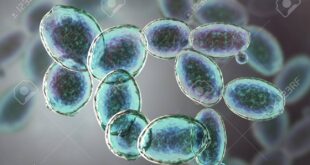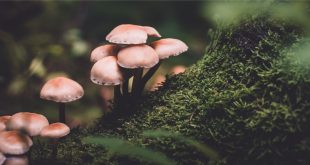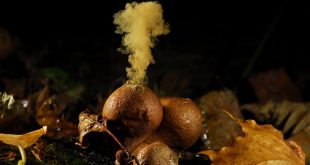Claviceps are member of the pyrenomycetes, fungi which are referred when they form perithecial ascocarp. They are important as the parasites of many endophytes in their life as discussed below-
Classification
Class: Ascomycetes
Sub-class: Hymenomycetidae I, Hymenomycetidae II.
Order: Hypocreales
Family: Clavicipitaceae
Genus: Claviceps
Vegetative structure
The intercellular hyphae are hyaline and septate. Within hyphal wall, plasma membrane is present which encloses the granular cytoplasm containing mitochondria, vesicles, small lipid globules and several nuclei. Sphacelia is formed in their asexual stage which are a whitish, canal-filled, soft mass of tissue that bears conidia. Claviceps are characterized by darkly pigmented fleshy stromata often in shades of orange and yellow.
Importance of Claviceps
They are parasites of grasses which infects the inflorescence of the plant. The result of this infection leads to sclerotia formation which are highly toxic to animals and human beings.
Best safe and secure cloud storage with password protection
Get Envato Elements, Prime Video, Hotstar and Netflix For Free
Best Money Earning Website 100$ Day
#1 Top ranking article submission website
-
Causes fungal disease known as ergot
Example-
- Ergot of rye (Secale cereale)- Claviceps purpurea
- Ergot of bajra (Pennisetum typhoides)- Claviceps microcephala
-
Causes disease known as ergotism of animals that consume sclerotia of Claviceps. The toxic substance is known as ergotoxin.
Example-
- Pregnant animals abort
- Fever in human known as St. Anthony’s fire.
- Symptoms of “Gangrene” which is the decomposition of limbs due to the constriction of blood vessels and impaired blood supply.
- Effects on nervous system causing convulsion and hallucination.
- Minor effect include pale face and diarrhoea.
-
Manufacture of Ergotamin
The sclerotia of Claviceps produce useful alkaloid which is used in medicine, for controlling excessive bleeding during childbirth.
-
Hallucinogenic chemical manufacture
The well known hallucinogenic chemical LSD (d-lysergic acid diethyl amide) is obtained from sclerotia used for reducing alcoholism and as recreational drug.
Life cycle of Claviceps purpurea
The life cycle of Claviceps involves three stages-
Sphacelia or Honeydew stage
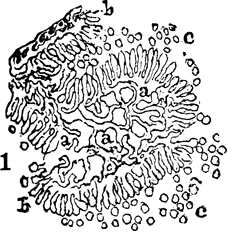
The ascospores dispersed by wind reaches to the flowers of the susceptible host. They germinate and send germ tubes into the ovary and cause infection. As the mycelium develops, it destroys the ovary tissues and replace them in the flower with a soft, white, cottony, mycelial mat that soon becomes covered by acervulus- like layers of short conidiophores bearing minute, oval conidia at their tips. This structure is called Sphacelia. These conidia are mixed with a sticky, sweet nectar like secretion called honeydew. Attracted by this nectar, insects visits the infected ovaries and distribute the conidia to uninfected flowers, spreading the fungus in this way.
Sclerotium stage
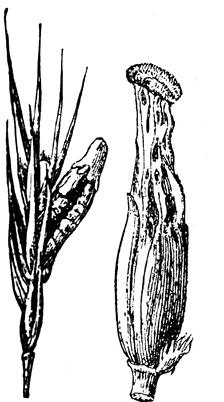
The mycelium mat or immature sclerotia continues to develop, begins to harden and eventually is transformed into hard pink or purplish pseudoparenchymatous sclerotium. In shape the sclerotium resembles the grain of rye it replaced but exceeds in length. Meanwhile conidia have ceased to be produced. Honeydew is no longer exudated. A sclerotium ready to fall to the ground unless otherwise utilized for making medicines.
Ascospore stage
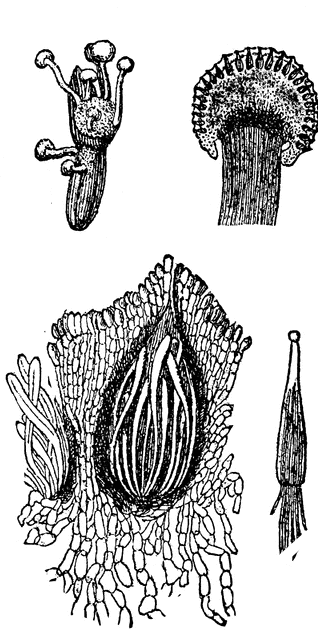
The sclerotia are knocked off on the ground where they pass the winter. The following spring, the sclerotia germinates and form several stromata with globose heads. The stromata are visible with unaided eye. Within the stromatal heads, cavities form where each of them contains a single, multinucleate ascogonium at the base of which one or more multinucleate hyphae like antheridia forms. After plasmogamy, asci starts to develop within perithecia, a flask shaped structure. The mature perithecium contains elongate, cylindrical asci with 8 thread like ascospores. They are then disseminated forcefully by the wind and lands on inflorescence of the next plant, thus cycle is complete.
The first two stages represents asexual stage and the last stage represents sexual stage.
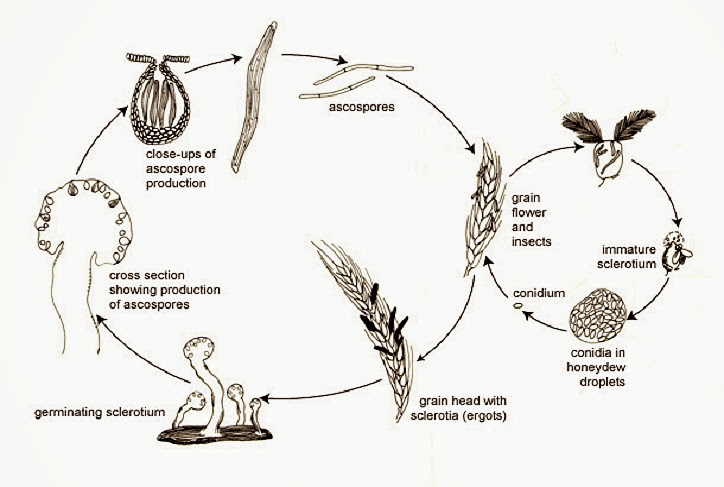
References
- An introduction to Fungi 3rd edition – HC Dube
- Introductory Mycology – C.J. Alexopoulos, C.W. Mims, M. Blackwell
- Article of life cycle of ergot. https://www.karger.com/Article/Pdf/388177
 Plantlet The Blogging Platform of Department of Botany, University of Dhaka
Plantlet The Blogging Platform of Department of Botany, University of Dhaka



